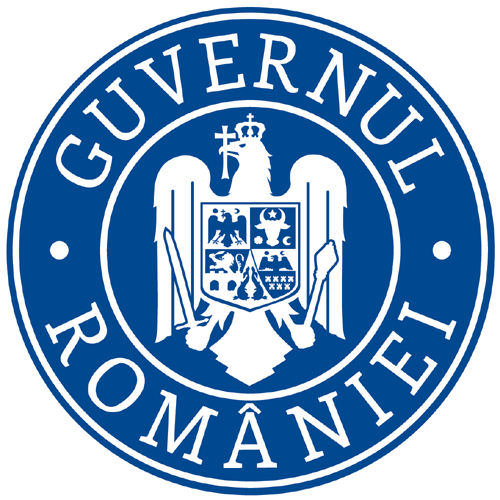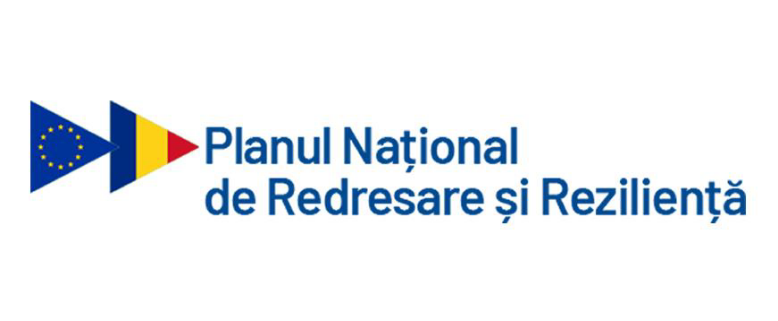On 18-20 September 2024 University of Opole hosted the 29th Conference of the International Association of Intercultural Communication Studies. The conference gathered over a hundred onsite and online participants from across the globe. It was designed to provide a venue for discussing interdisciplinary research related to the conference theme: “Intercultural Encounters: Global perspectives – local contexts”. The conference’s plenary lectures and panels represented a variety of disciplines from sociology, media and communication studies, through applied linguistics and language teaching to international relations and political science.

The IAICS conference was an opportunity for the CORECON project to share the preliminary results of the cross-cultural and cross-linguistic studies undertaken with regard to the coverage and reception of Russian-Ukrainian conflict in Polish, Romanian and English-language media. The CORECON team has submitted, organized and convened a panel entitled “Understanding conflict discourses across cultures and media” on 19th September 2024. The rationale behind the panel was to bring together media scholars researching political conflict to exchange views and get feedback from fellow experts. Both globally and locally, scholars notice that the public sphere has been polarizing due to the media’s penchant for confrontation – pitting representatives of a limited number of relatively radical views against each other and exploiting conflict for attention, ratings or clicks. The panel aimed to enable the understanding of the varieties of conflict discourses across media and cultures, which could help in overcoming polarization and lead to healthier public spheres.
The CORECON-based panel was moderated by prof. Katarzyna Molek-Kozakowska, the research director of the CORECON project, and involved four presentations sharing CORECON research findings and a number of papers on related issues collected into follow-up sessions on “Public discourses on global issues and geopolitics” and “Cultural politics and the public sphere”.
In the first presentation, dr. Przemysław Wilk shared a case study on “Alternate construals of the Russian-Ukrainian conflict: A pilot study of framing in the discourse of conflict.” He used a dataset of both Polish-language and English-language television news broadcasts from 2022 in order to uncover the underlying construal operations employed in the media outlets’ coverage of the Russian-Ukrainian conflict. With the category of linguistic proximization, he was able to demonstrate how different outlets represented the Russian invasion as a threat to the watching public in spatial, temporal and axiological dimensions. He discovered, for example, how the mentions of “nuclear threat” or “another Chernobyl” functioned in the discourses in Poland – relatively close to the war, in the UK – in the relative proximity of the attack, and in the US, where the audiences had to be persuaded that the conflict was of relevance and importance through specific construals.
Dr. Rafał Krzysztof Matusiak and Robert Radziej presented on “Framing of the economic situation of Ukraine and Russia in Polish media.” Using the CORECON Polish-language subcorpus, they explored the dominant narratives, themes, and discourses employed by four Polish-language business news outlets when reporting on the economic conditions of Ukraine and Russia. They presented the results of a systematic content analysis that encompassed both qualitative and quantitative parameters in order to identify patterns of framing of “crisis”, “economy” and “market.” In addition, they traced the changing sentiment that was evoked in economic journalism throughout the specific quarters of 2022, 2023 and 2024. Their findings suggest that the economic situations of Ukraine and Russia are framed differently in Polish media. While Ukraine is depicted as a struggling nation striving for economic reform and European integration, Russia tends to be portrayed as a controversial actor with significant influence in the global economy. Much of the coverage, however, focused on the issues related to the Polish economic situation relative to food security, energy, labor market, arms or finances.
In “Unwanted encounters. Anti-Ukrainian rhetoric in media coverages of Russian-Ukrainian conflict” dr. Marcin Deutschmann and dr. Jędrzej Olejniczak analyzed the niche anti-Ukrainian counterdiscourses that are present in some Polish-language social media platforms and channels. The study employed the tools of rhetoric and corpus linguistics in order to gain a more comprehensive insight into the topoi and arguments identifiable in the linguistic data harvested from the authors and commenters who vilify Ukrainian migrants and refugees in Poland. The rationale for this project comes from the fact that the way in which Poles approach Ukrainians has been changing over the course of the months of the war. Just after the Russian invasion of Ukraine, Polish society showed unprecedented support and sympathy for Ukrainian refugees. Even though it may seem that anti-Ukrainian rhetoric was mitigated in most mainstream media, such discourses have migrated online. This needs to be analyzed critically and exposed in terms of any manipulations, stereotyping or hate speech.

In the fourth presentation related to CORECON, prof. Katarzyna Molek-Kozakowska presented her case study on “Subjectivities and storylines in the coverage of the Russian-Ukrainian conflict in Polish and English-language tabloids.” The study identifies discursive strategies and narrative devices used to represent a narrow spectrum of subjectivities and storylines in tabloid journalism. A comparison between Polish-language tabloids and the British Mirror or the American New York Post reveals a different degree of agency given to Russian and Ukrainian actors, especially to Vladimir Putin, who is seen as a sole actor behind the aggression in the Polish media. The collective representation of Ukrainians also ranges from being represented mainly as victims in the English-language press to having the role of defenders and attackers in Poland. The characteristics of tabloid coverage of war and conflict need to be monitored in order to see how the specific formats, narrative structures or language patters may inadvertently simplify the complex issue, stereotype or vilify discourse participants, or catalyze emotions that are not conducive to critical assessments of political decisions.





